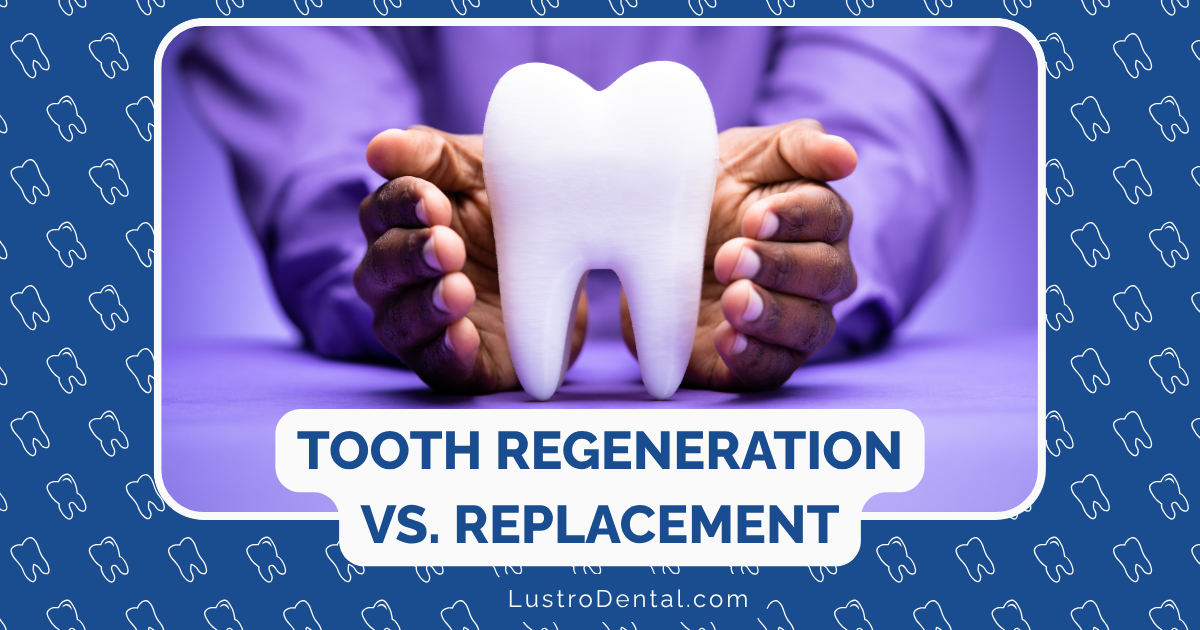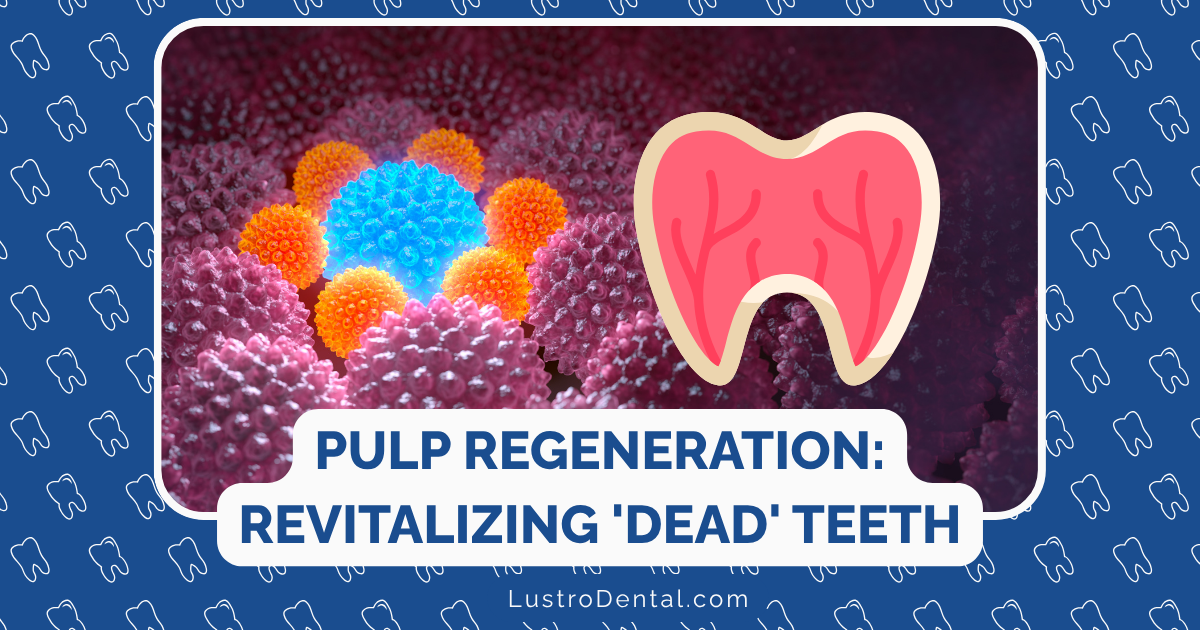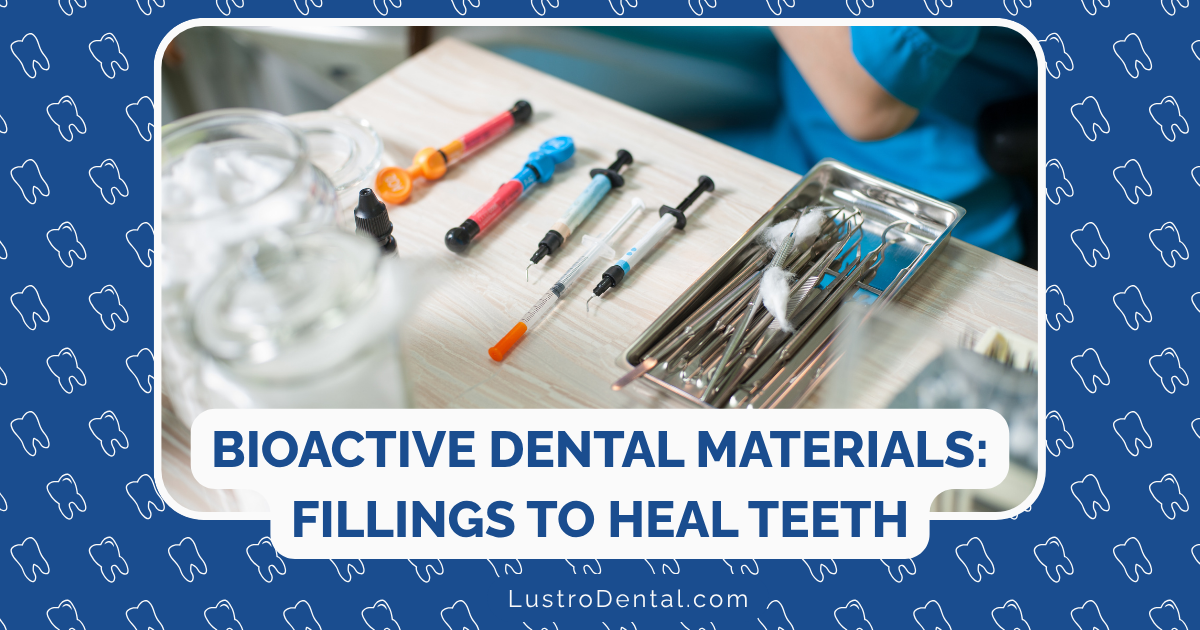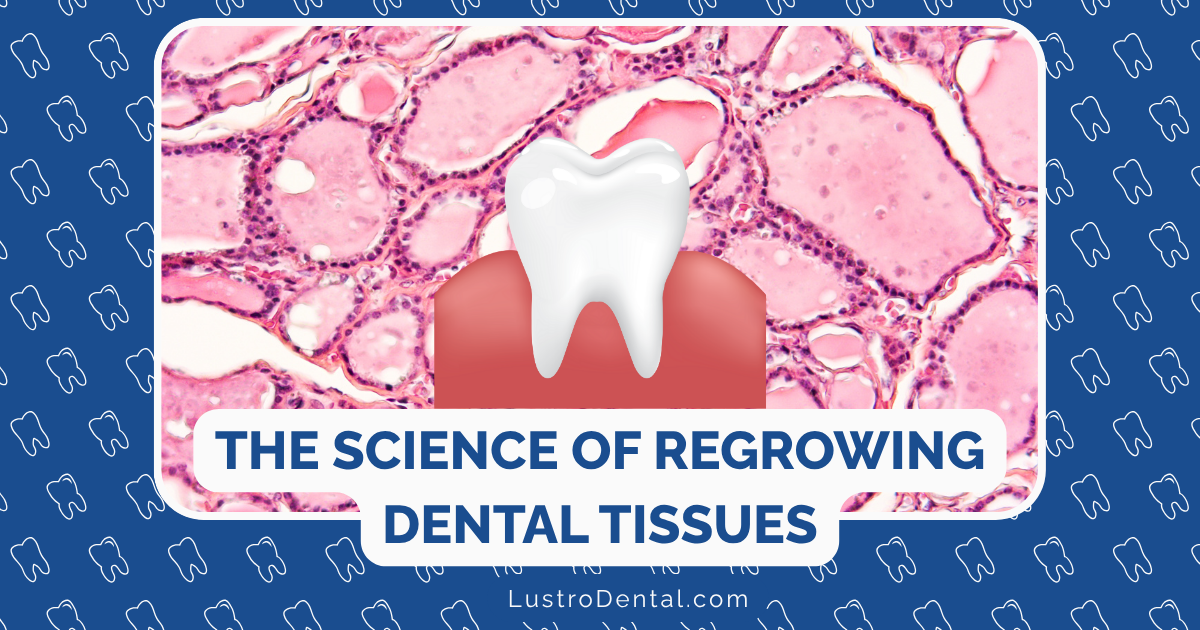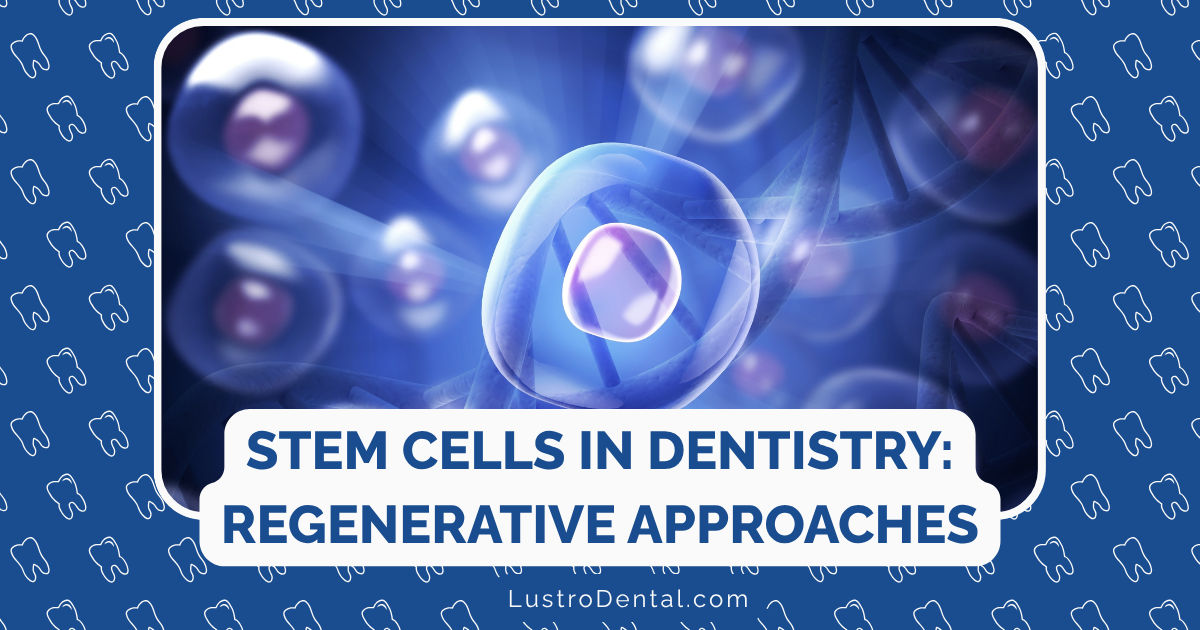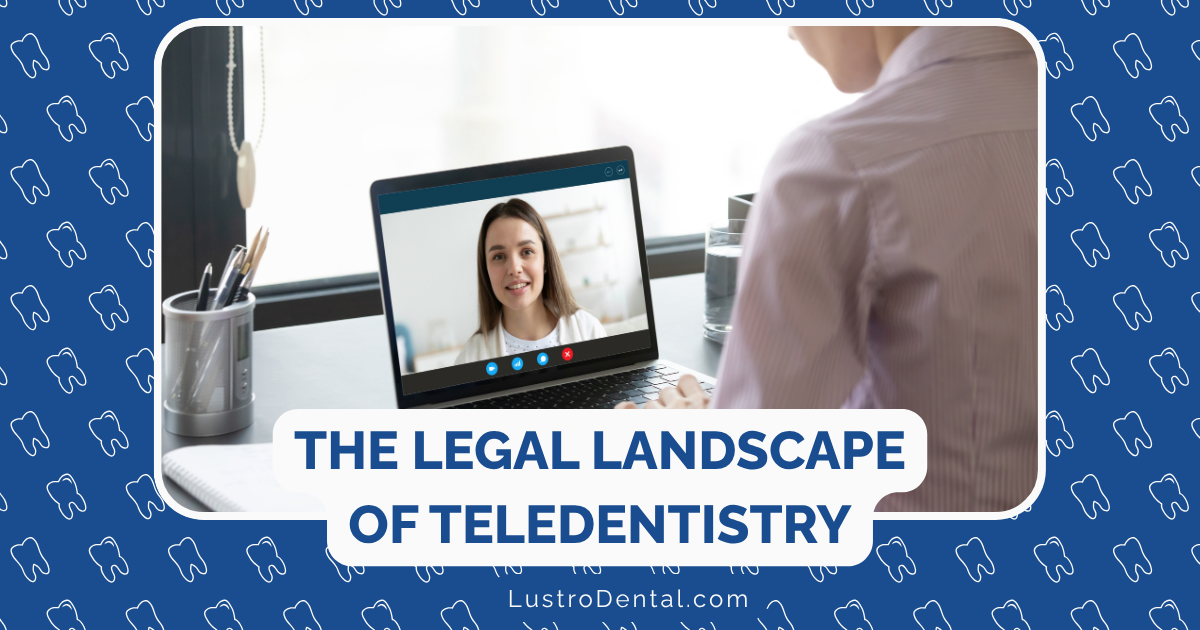Laser Dentistry for Children: Making Dental Visits Less Frightening
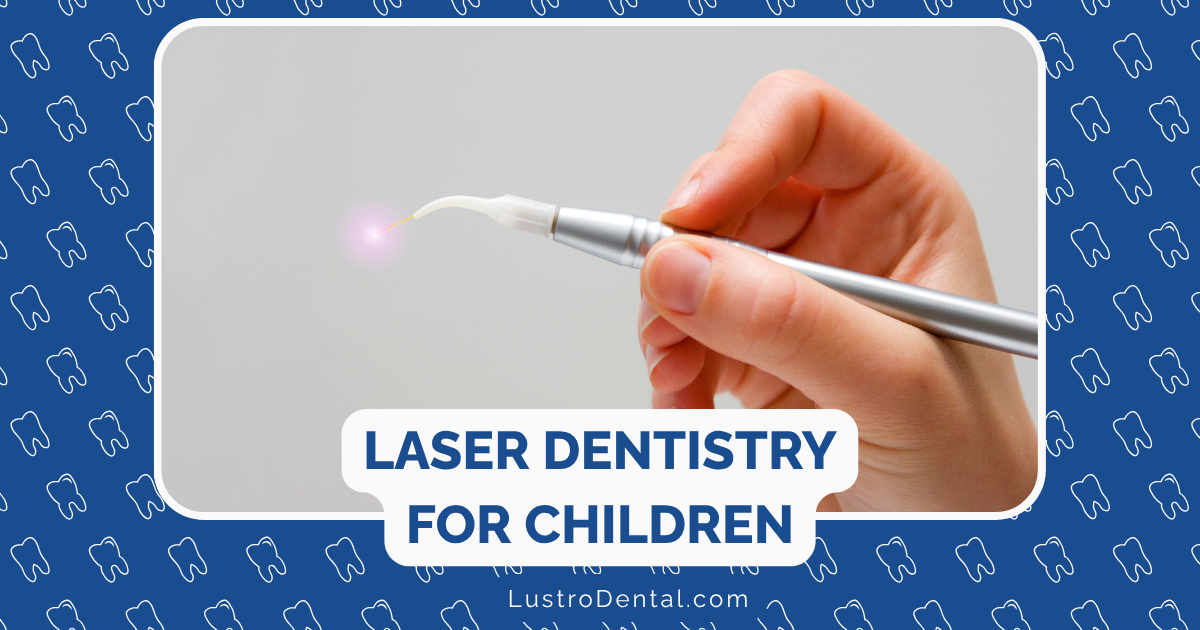
The sound of a dental drill. The sight of needles. The unfamiliar sensations and tastes. For many children, these elements transform routine dental visits into anxiety-inducing experiences that can shape their perception of oral healthcare for years to come. In fact, according to the American Academy of Pediatric Dentistry, dental anxiety affects approximately 9% of children, with many more experiencing at least some level of apprehension about dental visits.
Fortunately, modern dentistry has evolved to address these concerns. One of the most significant advancements—laser dentistry—is revolutionizing the pediatric dental experience by eliminating many of the fear-triggering aspects of traditional treatment. Let’s explore how this gentle technology is transforming dental visits for our youngest patients.
Understanding Laser Dentistry for Children
When parents first hear about laser dentistry, they often picture science fiction scenarios rather than gentle dental care. In reality, dental lasers are simply highly focused light beams that can replace traditional tools for many common procedures.
Dr. Sarah Johnson, a pediatric dentist and fellow of the Academy of Laser Dentistry, explains: “Dental lasers allow us to perform many procedures without the drill noise, vibration, or need for injections that typically trigger anxiety in children. It’s not just about reducing physical discomfort—it’s about creating a psychologically comfortable experience.”
How Do Dental Lasers Work?
Dental lasers emit concentrated light energy that can precisely interact with different oral tissues:
- Hard tissue lasers can remove decay from teeth and prepare them for fillings
- Soft tissue lasers can reshape gums, remove excess tissue, and help with issues like tongue-ties
- Combination lasers can address both types of tissues, offering versatility for different procedures
The key difference from traditional methods is that lasers can be extremely selective—targeting only the tissue that needs treatment while preserving healthy surrounding structures.
Why Laser Dentistry Makes a Difference for Children
Children aren’t simply “small adults” when it comes to dental care. Their unique needs and developmental stages require special consideration, which is precisely where laser dentistry shines.
1. Minimizes the “Fear Factors”
Traditional dentistry involves several elements that commonly trigger anxiety in children:
- The drill: The high-pitched whine and vibration can be frightening
- Needles: Fear of injections is common among children
- Pressure and discomfort: Mechanical tools can create uncomfortable sensations
- Unfamiliar noises and smells: These sensory experiences can overwhelm young patients
Laser dentistry eliminates or significantly reduces all of these triggers. Research published in the Journal of Pediatric Dental Care found that children treated with dental lasers showed significantly lower anxiety scores compared to those receiving traditional treatment.
2. Reduces or Eliminates the Need for Anesthesia
Perhaps the most anxiety-inducing aspect of dental treatment for many children is “the shot.” Laser dentistry often allows dentists to perform procedures with minimal or no local anesthesia.
A study in the International Journal of Pediatric Dentistry found that approximately 68% of cavity preparations using Er:YAG lasers could be completed without any anesthesia, and another 20% required only topical numbing gel.
For children with needle phobia or sensory processing concerns, this benefit alone can transform the dental experience from terrifying to tolerable.
3. Preserves More Healthy Tooth Structure
Children’s teeth have thinner enamel and larger pulp chambers compared to adult teeth, making conservative treatment particularly important. Laser technology allows for incredibly precise removal of decay while preserving maximum healthy tooth structure.
Dr. Michael Chen, director of the Center for Pediatric Dental Health, notes: “With traditional drills, we often remove some healthy tooth structure along with decay. Lasers allow us to be much more conservative, which is especially valuable for developing teeth.”
4. Promotes Faster Healing with Less Discomfort
Children’s busy lives don’t pause for dental recovery. Laser procedures offer significant advantages in recovery time and post-operative comfort:
- Reduced swelling and inflammation: The laser seals blood vessels and lymphatics as it works
- Minimal bleeding: Soft tissue procedures that would traditionally cause bleeding can be nearly bloodless
- Bacterial reduction: Lasers sterilize as they work, reducing infection risk
- Biostimulation: Certain laser wavelengths actually promote faster tissue healing
These benefits mean children can return to school, sports, and normal eating more quickly after dental procedures.
Common Pediatric Dental Procedures Enhanced by Laser Technology
Laser dentistry isn’t limited to a narrow range of treatments—it can enhance many common pediatric dental procedures:
Cavity Treatment
Traditional cavity treatment involves drilling, which often requires anesthesia and can remove healthy tooth structure along with decay. Laser cavity treatment:
- Precisely targets only the decayed portion
- Often requires no anesthesia
- Creates a stronger bond with filling materials
- Sterilizes the area, potentially improving long-term outcomes
Frenectomy (Tongue-Tie or Lip-Tie Release)
Many children have restricted tongue or lip movement due to tight frenula (the tissue that connects the tongue to the floor of the mouth or the lips to the gums). Traditional correction involves cutting with scissors or a scalpel, but laser frenectomies offer:
- Minimal bleeding
- No sutures needed
- Faster healing
- Significantly less post-operative discomfort
- Improved functional outcomes
Research from the American Academy of Pediatric Dentistry indicates that laser frenectomies result in fewer complications and better healing compared to traditional methods.
Gum Procedures
Children sometimes need gum tissue management for issues like eruption problems, gingival hyperplasia (overgrown gums), or cosmetic concerns. Laser gum procedures provide:
- Precise tissue contouring
- Minimal discomfort
- Rapid healing
- Excellent aesthetic results
Pulp Therapy (Nerve Treatment)
When decay or trauma affects the nerve tissue inside a tooth, pulp therapy may be necessary. Laser pulp therapy offers:
- More conservative treatment
- Better preservation of healthy pulp tissue
- Improved disinfection
- Reduced post-operative sensitivity
The Child’s Experience: What Parents Can Expect
For parents considering laser dentistry for their children, understanding the experience can help prepare both themselves and their child:
Before the Procedure
- Consultation: The dentist will evaluate whether your child’s specific condition is suitable for laser treatment.
- Explanation: Age-appropriate explanation of the procedure helps children know what to expect.
- Preparation: Unlike traditional dentistry, there’s typically minimal preparation needed—often no injections or extensive numbing.
During the Procedure
- Protection: Both your child and the dental team will wear special protective eyewear.
- Sensations: Most children report feeling a mild warming sensation or water spray, but rarely pain.
- Sounds: Instead of the drill’s whine, laser treatment produces soft popping or tapping sounds that children typically find non-threatening.
- Duration: Many procedures are completed more quickly than traditional methods.
After Treatment
- Immediate effects: Without anesthesia, there’s no lingering numbness or risk of accidental cheek/lip biting.
- Recovery: Most children can return to normal activities immediately.
- Follow-up care: Simple aftercare instructions that are easy for children and parents to follow.
Eight-year-old Emma’s mother shares: “After her previous anxiety-filled dental experiences, I was amazed to see Emma actually relaxed during her laser filling. No tears, no white-knuckle grip on my hand—just a calm child who was curious about the ‘special light’ fixing her tooth. The difference was night and day.”
Finding the Right Provider
Not all pediatric dental practices offer laser treatment, and training and experience with this technology vary widely. When seeking laser dentistry for your child, consider:
- Specialized training: Ask about the dentist’s specific training and certification in laser dentistry, particularly for pediatric applications.
- Experience with children: Pediatric dentists have additional years of training specifically focused on treating children and understanding their developmental needs.
- Comfort measures: Even with laser technology, look for a practice that emphasizes overall comfort through child-friendly environments, communication, and behavior management techniques.
- Technology: Ask which specific laser systems they use and for which procedures, as different lasers have different applications.
The American Board of Pediatric Dentistry and the Academy of Laser Dentistry can help parents locate qualified providers who combine pediatric expertise with laser technology.
Is Laser Dentistry Right for Every Child?
While laser dentistry offers significant benefits, it’s important to understand that it may not be appropriate for every situation:
- Specific conditions: Some dental issues still require traditional approaches
- Individual factors: Each child’s specific needs and temperament should be considered
- Availability: Not all procedures can be performed with the lasers a particular practice has available
A consultation with a pediatric dentist experienced in laser techniques can help determine the most appropriate approach for your child’s specific situation.
Building Positive Dental Attitudes for Life
Perhaps the most significant benefit of laser dentistry for children isn’t just the immediate comfort—it’s the potential long-term impact on their relationship with dental care. Research from the Journal of Dental Child Psychology shows that positive early dental experiences significantly reduce the likelihood of dental anxiety in adulthood.
By removing the fear-inducing aspects of traditional dentistry, laser technology helps children develop healthy attitudes toward oral healthcare—attitudes they’ll carry with them for life.
Conclusion: A Brighter Future for Children’s Dental Experiences
Laser dentistry represents a significant advancement in our ability to provide gentle, effective dental care for children. By eliminating many of the aspects that traditionally trigger anxiety—drills, needles, discomfort—this technology is transforming the pediatric dental experience.
For parents who have witnessed their child’s dental anxiety or experienced it themselves as children, laser dentistry offers hope for a different experience—one where dental visits become routine healthcare rather than dreaded ordeals. And that transformation may be the most valuable benefit of all.
Has your child experienced laser dentistry? Share your experience in the comments below!


